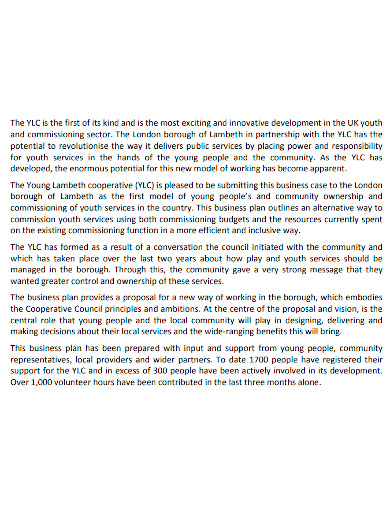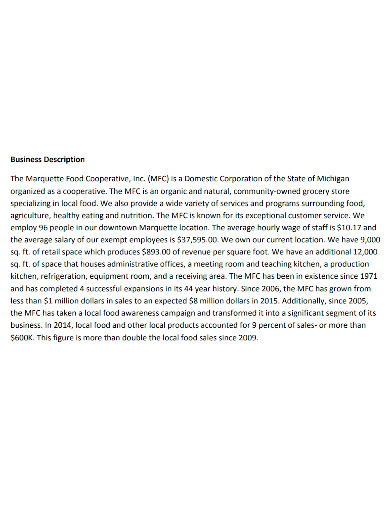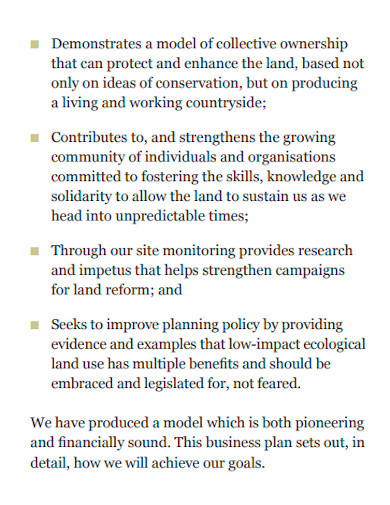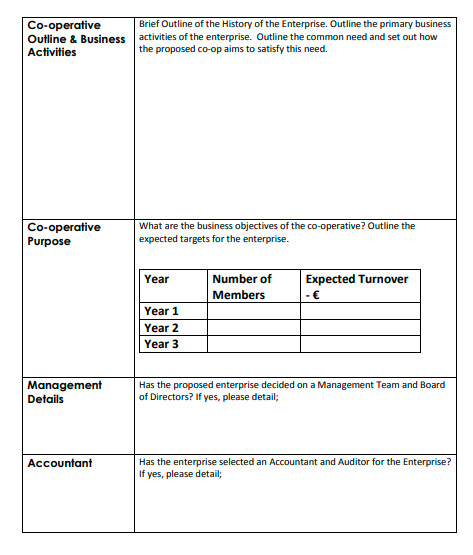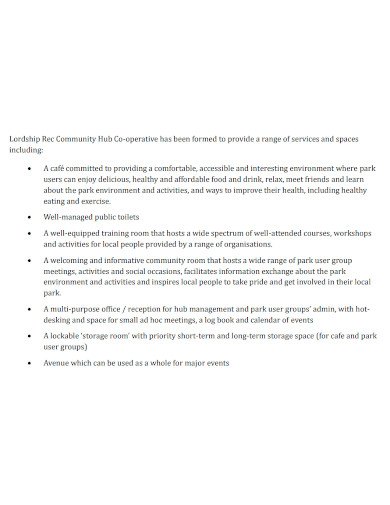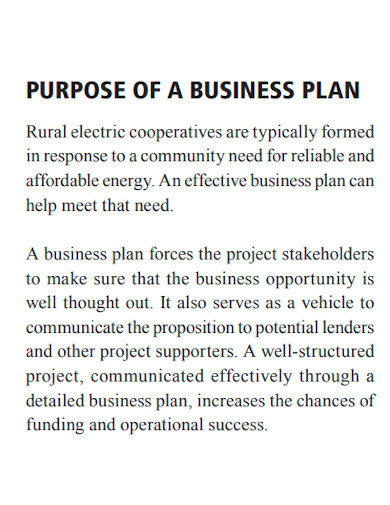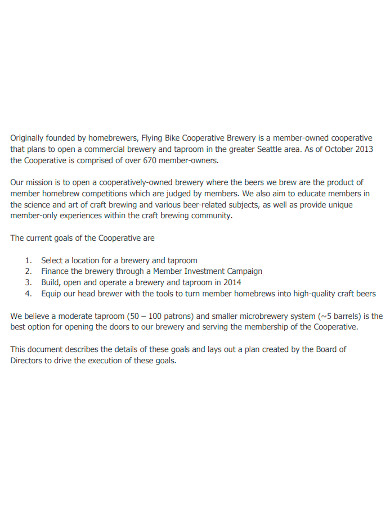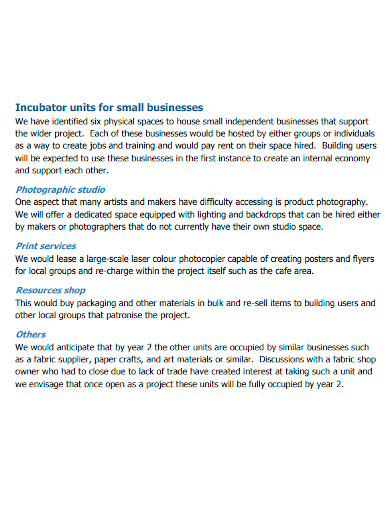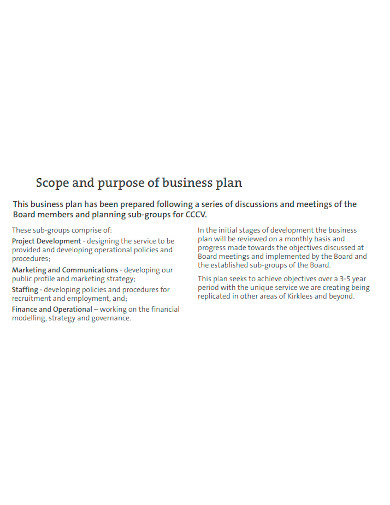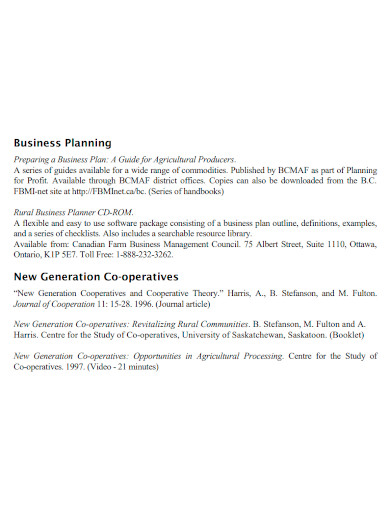Cooperatives need a working business plan in order to maintain their operation and to bring in more profitable client progress. A cooperative business plan is a systematic approach to a favorable profit and loss turnout that sets the goals and objectives of the institution as well as the practical steps to realize them. Below are free Co-operative Business Plan Samples that you can download to get you started with your own cooperative business plan. Keep reading.
10+ Co-operative Business Plan Samples
1. Co-operative Business Plan Sample
2. Co-operative Food Business Plan
3. Ecological and Co-operative Business Plan
4. Co-operative Business Plan Format
5. Community Co-operative Business Plan
6. Rural Electric Co-operative Business Plan
7. Editable Co-operative Business Plan
8. Co-operative Arts Business Plan
9. Standard Co-operative Business Plan
10. Professional Co-operative Business Plan
11. New Co-operative Business Plan
Parts of a Co-operative Business Plan
Without a reliable and concrete plan, the cooperative will not progress and will not meet its goals as a simple small business investment that serves average-income workers of a particular community. The business plan should serve as a guide to the undertakings of the cooperative and will redirect the business administration according to what’s stated in the plan. Hence, the cooperative should be written in a clear and informative manner. Below are the salient parts of a cooperative business plan.
1. Executive summary
The executive summary includes everything that a reader or a prospective client should know about the business. It comprises an overview of the coop’s humble beginnings and goals. This part also contains, most importantly, the mission, vision, purpose, and values that the cooperative wants to uphold.
2. Methods of Operation
The operational plan that keeps the manpower of the coop moving follows certain standards and methods of evaluation to be followed properly. This section provides the identification of materials and human resources to carry out the tasks of specific designations.
3. External Environment Analysis
This section of the plan analyzes the existence of the coop’s natural environment external to its organization. External factors such as the weather of the locality at which it operates and the kind of residences living nearby are key factors of its failure and success because it is from this environment that potential customers and clients are made. Other external factors that affect the operation of the coop are the legal, political, and social environment.
4. Marketing Plan
This part discusses how to reach out to prospective customers and how to promote the product and services of the cooperative. Whether the coop’s nature of business is anchored more on retail business or wholesale, promotional works can be implemented to increase profit.
5. Production
The production plan and structure of the cooperative depends on what kind of profit-making institution it is. If it is anchored on manufacturing and fabrication, several factors should be considered such as the location and limitation of land area to conduct operations. A considerable amount of budget for capital will be allocated to the equipment required to mobilize operations of this kind of cooperative.
FAQs
What is a patron of a cooperative?
An individual or organization who buys the products and avails the services of the cooperative for a sum of money. They are either members or nonmembers of the cooperative and members usually have privileges to discounts.
What does a dividend mean?
These are monetary returns of the cooperative’s investors and the amount of return depends on the invested items or products or preferred stocks. In the US, dividends from many state-owned cooperatives are limited to an annual rate of 8%.
What is a preferred stock?
Capital stocks that have a specific dividend rate. It is preferred over other stock dividends and refunds to members of the cooperative. It is a type of equity capital that is different from other dividends paid by the board members and other stakeholders. These stocks are also the kind that other members can buy from stockholders at a defined amount of money by the regulations and by-laws of the cooperative.
Related Posts
FREE 10+ Higher Education Lesson Plan Samples in MS Word | Pages | Google Docs | PDF
FREE 9+ 30-Day Marketing Plan Samples in PDF | MS Word | Apple Pages | Google Docs
FREE 3+ Sales Team Action Plan Samples in PDF | MS Word | Apple Pages | Google Docs
Marketing Plan For Small Business Samples
FREE 7+ Fashion Business Plan Samples in PDF
FREE 10+ Sprint Planning Samples In MS Word | Google Docs | PDF
FREE 10+ Wedding Planning Samples in MS Word | Apple Pages | Powerpoint | PDF
FREE 9+ Monthly Study Planner Samples in PSD | Illustrator | InDesign | PDF
FREE 9+ Sample Curriculum Planning Templates in PDF | MS Word
FREE 10+ Teacher Development Plan Samples in MS Word | Google Docs | Apple Pages | PDF
FREE 10+ Basketball Practice Plan Samples in PDF
FREE 12+ School Business Plan Samples in PDF | MS Word | Apple Pages | Google Docs
FREE 7+ Client Strategic Plan Samples in PDF | MS Word
FREE 11+ Trucking Business Plan Templates in PDF | MS Word | Google Docs | Pages
FREE 7+ Small Hotel Business Plan Samples PDF | MS Word | Apple Pages | Google Docs

